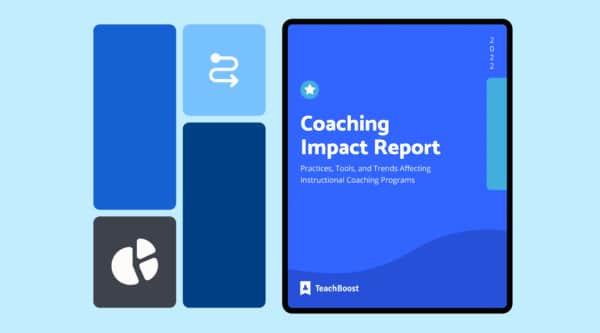

Make the Call
Sometimes calling families can feel tricky. The first time a teacher calls a student’s family can be unnerving on both sides, especially if there haven’t been emails or text messages exchanged beforehand. Once on the call, both parties need to be able to understand the reason for the outreach, especially when there are concerns about a student’s performance or behavior.
Educators can learn important tips from sales teams, who are trained to navigate inbound and outbound phone calls with clients they don’t know. Some use Research Based Solutions to learn dialogue techniques and train themselves to be open and empathetic in conversation. SalesKey Solutions offers an online behavior assessment to help understand communicating with different personalities.
One of our SchoolStatus members took the training at SalesKey to see if this method worked. What he learned:
You can identify the type of person that you are speaking with on the phone by learning four types of persona.”
— Richard Walter
Four Personas
Whether it’s a cold call about a new streaming service or phone conversation between a teacher and a family, understanding four main personas will help you connect with the person on the other end of the line—and get your message across. Every person exhibits elements of each persona depending on the situation. When you are making a call to a student’s family—especially if you have never spoken to them—understanding how to communicate with each persona is a good starting point for effective conversation.
Let’s take a brief look into each one.
Commanders
(Value: Control)
How to identify Commanders:
- Controlling and exact
- May easily become argumentative and confrontational
- Driven and results-oriented
- Tends to speak in absolutes, (“you can’t,” “you always,” “you have to,” etc.)
- Want to be told that they are right
- Low tolerance for obfuscation
How to communicate with commanders:
- Keep your voice neutral, yet firm
- Be factual
- Use phrases like: “I understand where you are coming from,” “Have you considered?” “I will do that right after our call,” or “What do you think about ______?”
Performers
(Value: Attention)
How to identify Performers:
- Likes to be the center of attention
- Outgoing and energetic
- Loud and boisterous
- Tends to tell stories
- Does not want details
- Wants to be told that they are interesting
- Tends toward exaggeration and expects that in others
How to communicate with Performers:
- Be exuberant in your speech
- Let them tell the story they need
- Use phrases like: “That is so interesting,” “How do you feel about____,” “Tell me more!”
- Keep details to a minimum
Analyzers
(Value: Information)
How to identify Analyzers:
- Wants all of the details (the more the better)
- May be awkward and stilted in their speaking
- Tends to use filler words (“um,” “uh,” etc.)
- Uses phrases like: “I think,” “I know,” “I experienced”
- Factual and exact
How to communicate with Analyzers:
- Give facts without fluff
- Be precise
- If you don’t know something, tell them that you will find out
- Don’t exaggerate
- Be organized and clear
Empathizers
(Value: Approval)
How to identify Empathizers:
- Generally soft-spoken
- Prioritizes feelings over facts
- Friendly
- Tends to use open-ended language
- Uses phrases such as: “I feel,” and asks “What do you feel about____?”
- Sincere and service-oriented
How to communicate with Empathizers:
- Be patient and understanding
- Use phrases like: “How can we approach this together?”
- Demonstrate that you understand their situation
- Demonstrate helpfulness
- Be sincere
Empathizing with Communication Styles
If we are more attentive in our communications, we can more successfully engage, encourage involvement, and build trust through understanding.
The Harvard Graduate School of Education explains that better understanding comes through building empathy to “strengthen your school community.” Part of our work can begin with learning skills to anticipate communication behaviors and empathize with those on the other end of the line.
Stay Connected
News, articles, and tips for meeting your district's goals - delivered to your inbox.


















